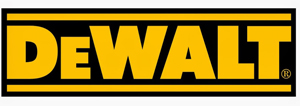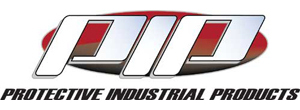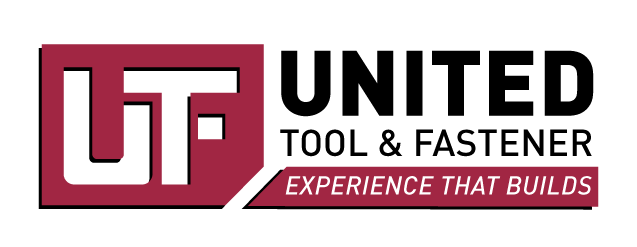January is Human Trafficking Awareness Month. Increasing public awareness about the risks and signs of human trafficking is an important effort-especially in Texas, a border state.
The Trafficking Victims Protection Act (TVPA) of 2000 enshrined the United States’ commitment to combating human trafficking. In 2010, President Obama declared January “National Slavery and Human Trafficking Prevention Month”.
According to the U.S. Department of State website, “effective public awareness and outreach efforts can lead to the detection of human trafficking cases, build public support for governments and communities to act, and ultimately help prevent human trafficking. Human trafficking awareness training provides an important foundation for individuals, first responders, law enforcement, service providers, educators, businesses, and others to recognize the indicators of human trafficking and learn how to appropriately respond.”
Below are initiatives for raising awareness of human trafficking:
DHS’s Blue Campaign is a national public awareness campaign designed to educate the public, law enforcement, and other industry partners to recognize the indicators of human trafficking and learn how to appropriately respond to possible cases. The Blue Campaign works with DHS components to create general awareness training and others to increase detection of human trafficking and identify victims.
DOS’s Responsible Sourcing Tool is a website that the Office to Monitor and Combat Trafficking in Persons and the supply chain management NGO Verite developed in collaboration with other U.S. government agencies and NGO partners.
The site examines 11 key sectors and 43 commodities at risk for human trafficking or trafficking-related practices. The Responsible Sourcing Tool also includes 10 downloadable and free risk-management tools. The tools include items such as: a sample code of conduct, a sample vendor agreement, a tool for screening and evaluating labor recruiters, a sample supplier and subcontractor self-assessment, a tool for conducting migrant worker interviews, and a sample compliance plan for the Federal Acquisition Regulation – Ending Trafficking in Persons.
DOL’s Comply Chain app helps businesses mitigate risks of labor exploitation in supply chains. The app was developed to provide companies with information about the kinds of systems that must be in place to combat child labor, forced labor, and human trafficking. It contains modules about developing social compliance systems ranging from stakeholder engagement to code of conduct provisions, and from auditing to remediation and reporting.
Below are 14 ways to help fight human trafficking:
- Learn the indicators of human trafficking on the TIP Office’s website.
- If you are in the United States and believe someone may be a victim of human trafficking, call the 24-hour National Human Trafficking Hotline at 1-888-373-7888 or by calling 911.
- Be aware of the Department of Labor’s List of Goods Produced by Child Labor or Forced Labor and encourage companies to take steps to prevent human trafficking in their supply chains and publish the information, including supplier or factory lists, for consumer awareness.
- Support anti-trafficking efforts in the community.
- Meet with and/or write to local, state, and federal elected officials.
- Be well-informed. Set up a web alert to receive current human trafficking news.
- Host an awareness-raising event to watch and discuss films about human trafficking or contact the local library and ask for assistance identifying an appropriate book and ask them to host the event.
- Organize a fundraiser and donate the proceeds to an anti-trafficking organization .
- Use your social media platforms to raise awareness about human trafficking, using the following hashtags: #endtrafficking, #freedomfirst.
- Think about whether your workplace is trauma-informed and reach out to management or the Human Resources team to urge implementation of trauma-informed business practices .
- Become a mentor to a young person or someone in need. Traffickers often target people who are going through a difficult time or who lack strong support systems.
- Parents and Caregivers: Learn how human traffickers often target and recruit youth and who to turn to for help in potentially dangerous situations.
- Youth: Learn how to recognize traffickers’ recruitment tactics and how to safely navigate out of a suspicious or uncomfortable situation.
- Businesses: Provide jobs, internships, skills training, and other opportunities to trafficking survivors. Take steps to investigate and prevent trafficking in your supply chains by consulting the Responsible Sourcing Tool and Comply Chain to develop effective management systems to detect, prevent, and combat human trafficking.



